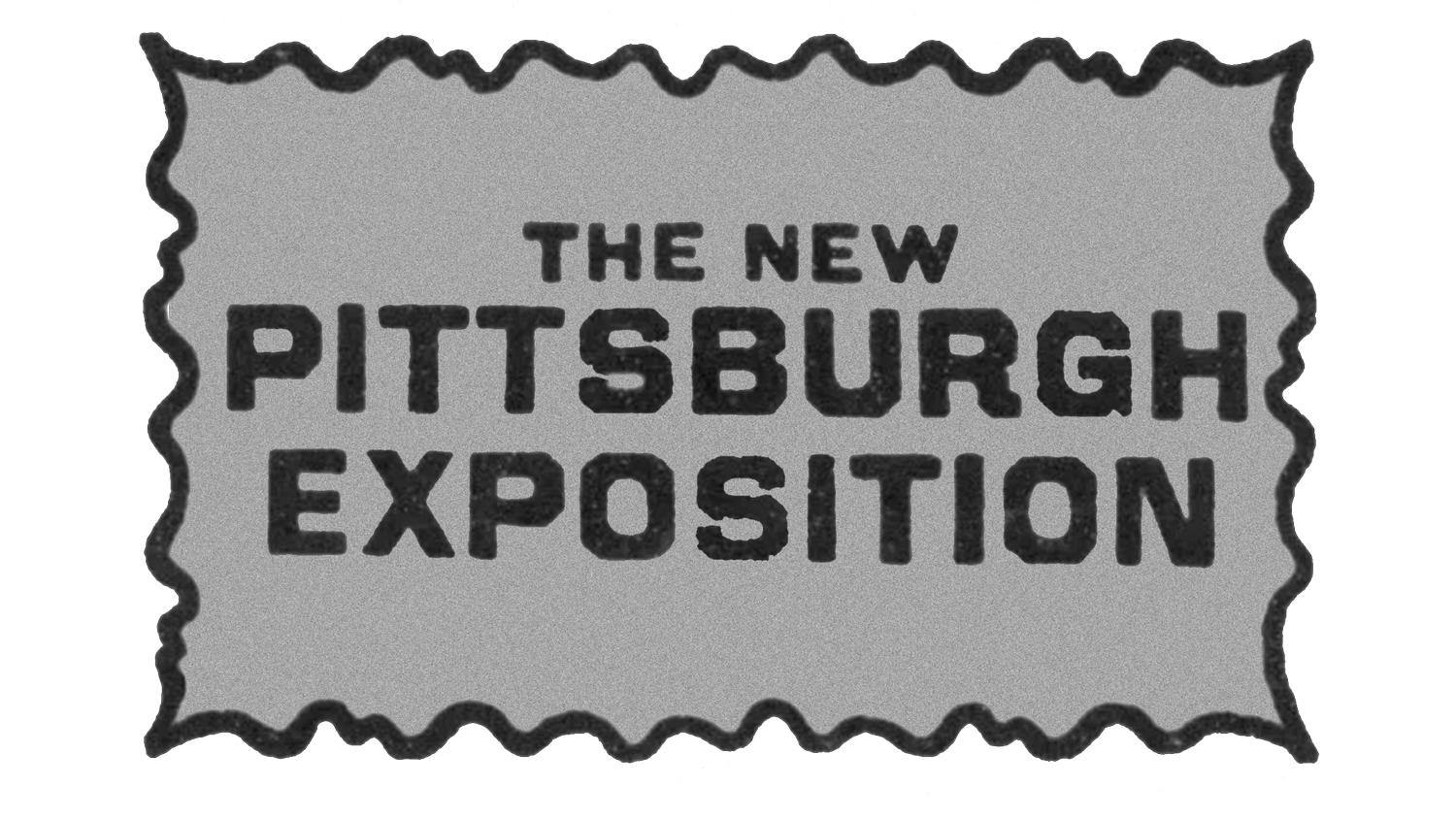Carnegie Mellon University Campus
By Dllu - Own work, CC BY-SA 4.0
Location:
5000 Forbes Ave, Pittsburgh, PA 15213
Description:
Carnegie Mellon University, located in Pittsburgh’s Oakland neighborhood, was established in 1900 by industrialist and philanthropist Andrew Carnegie as the Carnegie Technical Schools, with the goal of providing practical education to the working class. In 1912, the institution became the Carnegie Institute of Technology, and in 1967, it merged with the Mellon Institute of Industrial Research, a scientific research center founded in 1913 by Andrew W. Mellon and Richard B. Mellon. This union created the modern Carnegie Mellon University, blending technical innovation with scientific research excellence.
The campus architecture reflects this legacy of purposeful design and academic aspiration. The original campus plan, laid out by Henry Hornbostel, followed a Beaux-Arts axial design and emphasized classical proportions and symmetry. Many early buildings, including Hamerschlag Hall and the College of Fine Arts building, feature Renaissance and Neoclassical influences with stone facades, ornamental details, and formal courtyards. In contrast, the Mellon Institute building, completed in 1937, is a monumental limestone structure with one of the world’s longest colonnades of Ionic columns, modeled after the U.S. Treasury and the Parthenon, and remains one of the most recognizable features of the university.
Over time, the campus has evolved to include modern and postmodern buildings, such as the Gates Center for Computer Science and the Tepper Quad, which embrace glass, steel, and green design principles while still respecting the historic core. Public art, rooftop gardens, and experimental design elements—like the Kraus Campo and media installations—add to the architectural richness. Together, the buildings and layout reflect the university’s unique identity: one rooted in industrial philanthropy and classical design, yet driven by constant innovation in science, art, and technology.

